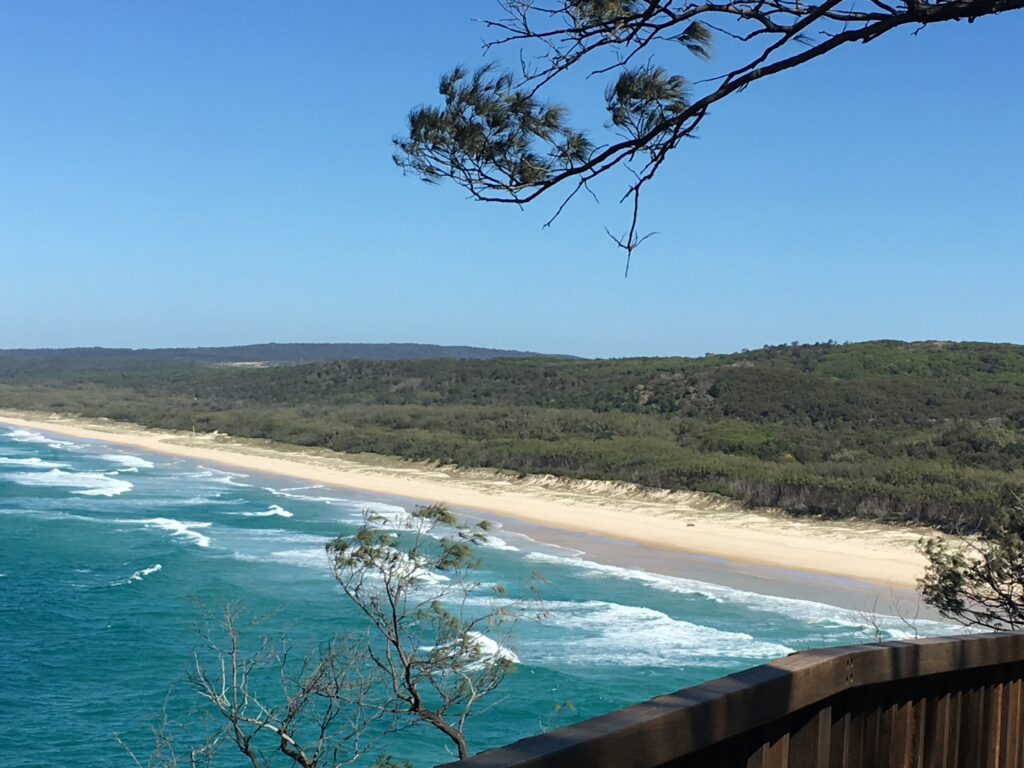Several years ago I asked Thrangu Rinpoche, who has taught extensively on the bardos, this question: “If a Buddhist realized they only had a year left to live, what practice should they emphasize?” He replied, “Pure Land practice.”
His answer may surprise students of Tibetan Buddhism, where pure lands are rarely mentioned.
Khenpo Karthar Rinpoche says that as death approaches, the main deity we should relate to is Amitabha, the principal Pure Land buddha.
Pure Land practice is important because if you don’t attain enlightenment in the bardos, the next best thing is to gain rebirth into a pure land.
There are a number of reasons for doing this.
First, pure land rebirths, while not yet nirvana, are outside of samsara. They’re free from the aging, sickness, and death of samsaric existence. There is no overt suffering. [Note: There are twenty-seven states of samsaric existence, divided into three realms: desire, form, and formless. (Sometimes the three realms are divided into more than twenty-seven states, and sometimes less.) Entry into each realm, the form we will take in our next life unless we are born into a pure land, is gained by cultivating twenty-seven respective states of mind. Pure Land practice cultivates elevated states of mind as a more enlightened alternative to these twenty-seven samsaric states.]
Second, they are nonretrogressive. Once you’re born into a pure land you’ll never fall back to samsara, unless you do so voluntarily.
Third, spiritual progress is rapid in a pure land. It’s like being born into a country where everyone is a lama and everybody practices the dharma. The developmental center of gravity is so high that you have no choice but to evolve.
Fourth, this spiritual progress allows you to develop powers of super-cognition. With these abilities, you’re more effective in helping others. Going to a pure land is not getting out of your bodhisattva vow to benefit all beings—it is fulfilling it more rapidly. It’s like going to graduate school instead of staying back in kindergarten.
Fifth, birth into a pure land is your last rebirth before attaining enlightenment.
The most famous pure land, and the one at the heart of the Pure Land tradition, is Sukhavati, the “land of bliss.”
Sukhavati is generally regarded as the only pure land where ordinary beings like ourselves can be reborn. Almost all the other pure lands require the attainment of the first bhumi, which is a lofty level of realization.
The Tibetan tradition, whose approach to the pure lands differs from traditional Korean, Chinese, or Japanese Pure Land practice, is centered on a tenet that we will return to frequently: the mind leads all things. By cultivating pure states of mind in this life, that will lead us to a pure land after death. Kalu Rinpoche says:
“By the orientation given to our mind [in this life], once in the bardo, we become conscious that we are dead and we see Amitabha coming to welcome us. We will recognize him, and wish for rebirth in his pure land. This thought is enough to make us go there immediately.” (Kalu Rinpoche. Secret Buddhism: Vajrayana Practices. San Francisco: Clear-Point Press, 1995.)
Source: Holecek, Andrew. Preparing to Die: Practical Advice and Spiritual Wisdom from the Tibetan Buddhist Tradition. Boston & London: Snow Lion, 2013.

Pure Land practice is important because if you don’t attain enlightenment in the bardos, the next best thing is to gain rebirth into a pure land.
(Andrew Holecek. Preparing to Die)
